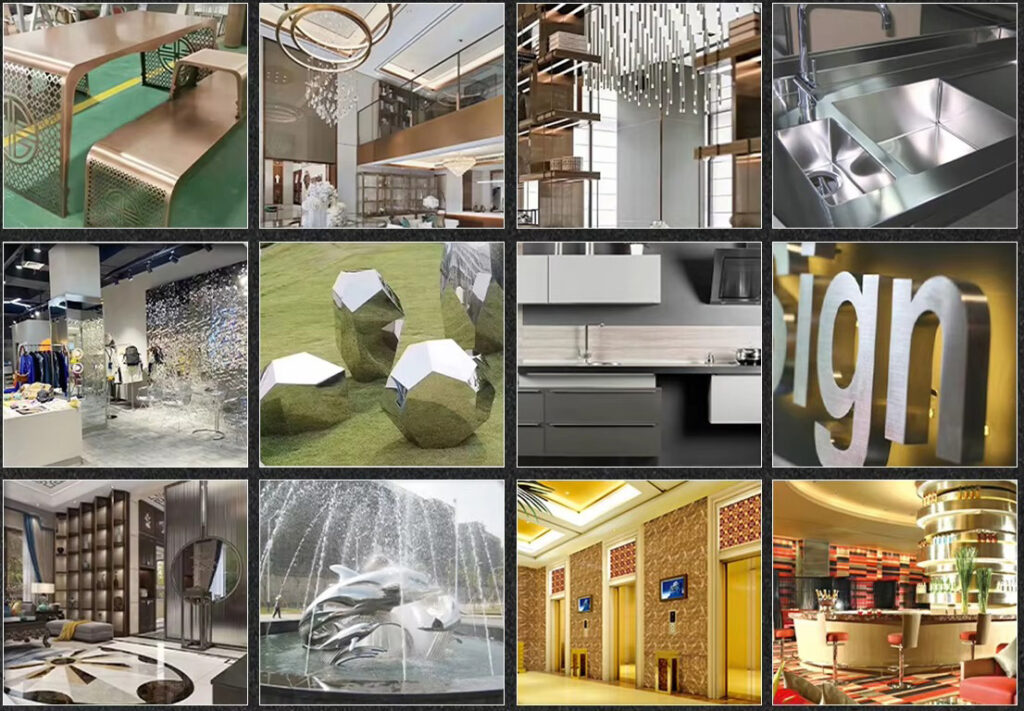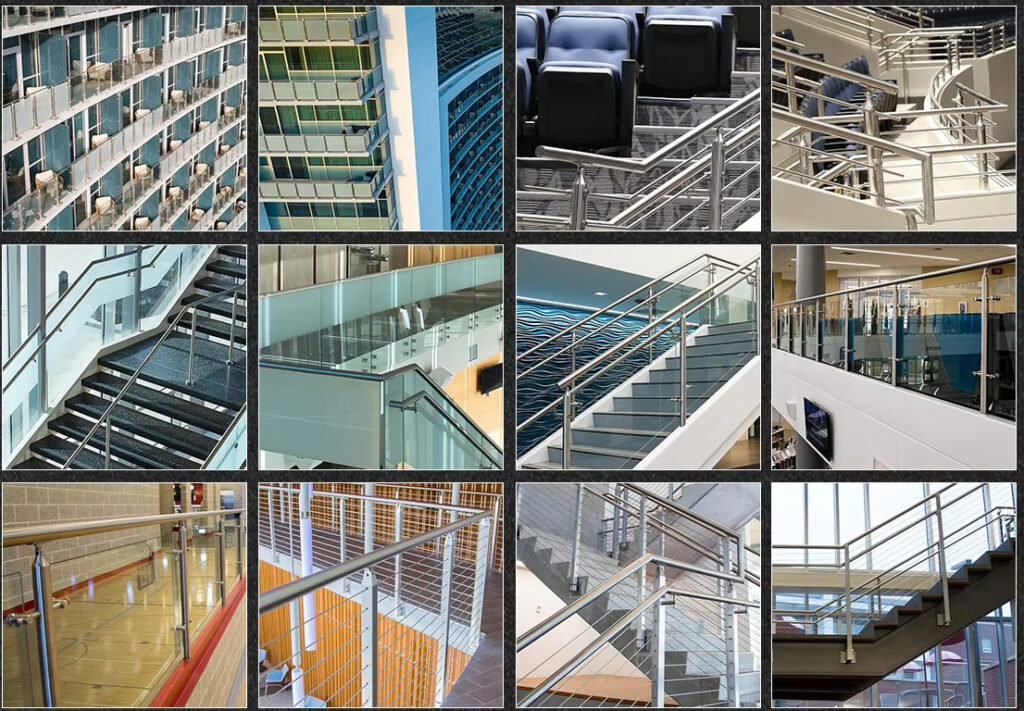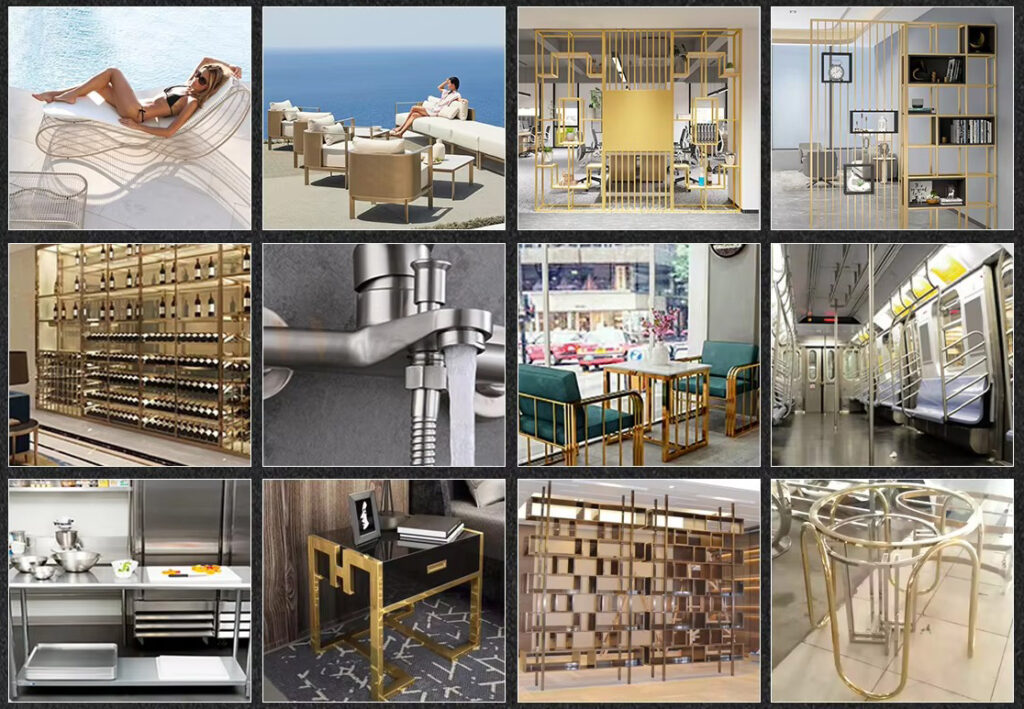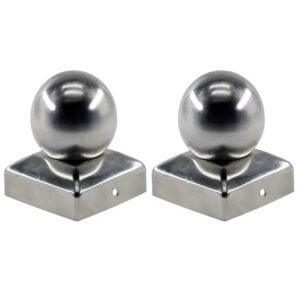
Post caps & end caps (round, square, decorative)
Post caps & end caps in 316L stainless steel. 23 years precision manufacturing for decorative applications worldwide. Request quote today.

Post caps & end caps in 316L stainless steel. 23 years precision manufacturing for decorative applications worldwide. Request quote today.
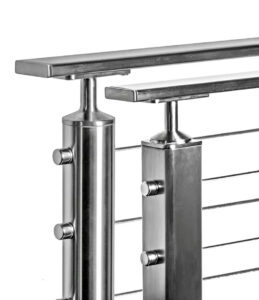
Square stainless steel posts in 304/316L grades. 23 years precision manufacturing for coastal projects worldwide. Request quote today.
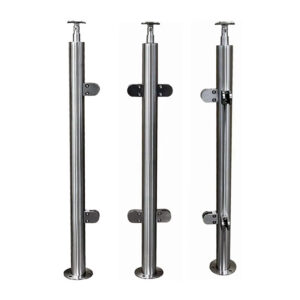
Stainless steel posts in 304/316L grades. 23+ years ODM fabrication for marine & commercial applications. Contact factory today.
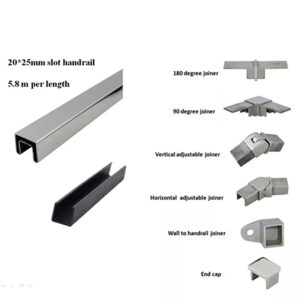
Square top rail components in 316L stainless steel. 23+ years precision manufacturing for global applications. Contact factory today.
Project-specific hardware in 316L stainless steel. 23 years delivering tailored solutions for specialized projects worldwide. Get factory quote today.
Non-standard size components in 316L stainless steel. 23+ years ODM manufacturing for unique sizing requirements globally. Contact us today.
| Specification | Our Premium Handrail Systems | Standard Market Products | Competitive Advantage |
|---|---|---|---|
| Material Grade | 316L Marine-Grade Stainless Steel | 304/Aluminum Mixed Materials | Superior corrosion resistance and uniform performance |
| Load Capacity | 200 lbs concentrated/50 lbs per linear foot | 150-180 lbs typical rating | Exceeds IBC/IRC requirements with safety margins |
| Tube Wall Thickness | 1.5mm-2.0mm standard | 1.2mm-1.5mm typical | Enhanced structural integrity and load distribution |
| Surface Finish Options | #4, #6, #7, #8 mirror polish available | Limited to #4 brushed finish | Complete aesthetic customization capability |
| Mounting Systems | Wall, post, and surface mount options | Limited mounting configurations | Universal compatibility with all installations |
| Temperature Range | -40°C to +200°C operational | -20°C to +120°C standard | Extended performance in extreme climates |
| Dimensional Tolerance | ±1mm precision manufacturing | ±3mm standard tolerance | Perfect alignment and professional appearance |
| ADA Compliance | Full ANSI A117.1 certification | Basic compliance only | Complete accessibility standards coverage |
Superior Material Performance
Our 316L stainless steel handrail systems deliver exceptional strength and corrosion resistance compared to aluminum alternatives that suffer from lower load capacity and galvanic compatibility issues. Unlike wood handrails requiring periodic refinishing every 3-5 years, our marine-grade systems maintain structural integrity and appearance for 25+ years without surface treatment or replacement.
Advanced Mounting Technology
Our comprehensive wall mount, post mount, and surface mount systems accommodate virtually any architectural configuration, outperforming limited single-mount alternatives. The precision-engineered brackets ensure load distribution across mounting points, eliminating the stress concentrations common with generic hardware that can cause premature failure.
Enhanced Safety Design
All handrail systems meet ADA accessibility standards with proper grip diameter (1.25″-2″ range), clearance specifications (1.5″ minimum from walls), and continuous design without obstructions. Our systems exceed IBC and IRC load requirements by 25-50% safety margins, providing enhanced protection compared to minimum-compliance alternatives.
Professional Surface Finishes
Available in #4 brushed, #6 satin, #7 highly reflective, and #8 mirror polish finishes, our handrails provide aesthetic flexibility while maintaining functional performance. The electropolished options offer superior cleanability for healthcare environments, while brushed finishes effectively conceal minor scratches in high-traffic applications.
Healthcare Facility Corridors
Hospitals and medical centers specify our ADA-compliant handrail systems for patient care areas and therapy corridors, where infection control protocols demand smooth, easily disinfected surfaces while accessibility codes require specific grip dimensions and continuous mounting for patient mobility support.
Educational Institution Stairwells
Universities and schools choose our heavy-duty systems for high-traffic stairways and campus walkways, where 1,000+ daily users require railings engineered for maximum durability while meeting institutional budget requirements for 25+ year service life without replacement or refinishing.
Corporate Office Buildings
Class-A commercial properties utilize our architectural-grade systems for executive lobbies and office stairwells, where professional appearance and long-term value justify premium investment while building codes require certified load ratings and ADA compliance for public access.
Luxury Residential Projects
High-end custom homes specify our mirror-polish systems for grand staircases and deck railings, where aesthetic excellence combines with structural performance to enhance property values while eliminating the maintenance requirements of wood or painted alternatives.
Industrial Manufacturing Facilities
Processing plants and warehouses rely on our heavy-duty systems for elevated walkways and safety platforms, where OSHA compliance and chemical resistance are mandatory while the easy cleaning capabilities meet sanitary requirements for food processing environments.
Transportation Infrastructure
Metropolitan transit stations and airport terminals choose our vandalism-resistant systems for passenger safety barriers and platform railings, where 24/7 public access demands materials that maintain structural integrity and appearance despite constant use and weather exposure.
Q1: What’s the difference between 304 and 316L stainless steel for handrail applications?
A: 316L contains molybdenum for superior corrosion resistance and lower carbon content for better weldability. Choose 316L for coastal environments, healthcare facilities, or high-traffic applications where durability is critical. 304 grade works well for basic indoor applications but may show corrosion in aggressive environments.
Q2: How do stainless steel handrails compare to aluminum for durability and maintenance?
A: Stainless steel offers 2-3x higher load capacity and superior corrosion resistance without anodizing requirements. While aluminum is lighter and less expensive initially, stainless steel eliminates the periodic re-coating and potential replacement costs that aluminum systems require, especially in coastal or industrial environments.
Q3: What mounting options are available for different wall and structural configurations?
A: Our systems include wall mount brackets, post mount assemblies, and surface mount hardware for concrete, masonry, wood, and steel structures. Each mounting system includes appropriate fasteners and gaskets for specific substrates, with engineering support available for complex architectural requirements.
Q4: How do I ensure handrail systems meet ADA accessibility requirements?
A: Our ADA-compliant systems feature 1.25″-2″ grip diameter, 1.5″ wall clearance, and continuous design without obstructions. All systems meet ANSI A117.1 standards with proper height specifications (34″-38″ for stairs, 34″-38″ for ramps) and include compliance documentation for building department approval.
Q5: What surface finish should I choose for different environments?
A: #4 brushed finish conceals fingerprints and minor scratches, ideal for high-traffic areas. #8 mirror polish provides premium appearance but shows fingerprints more readily. Healthcare environments benefit from electropolished finishes for easy disinfection, while outdoor applications work best with brushed finishes.
Q6: Can handrail systems be customized for unique architectural requirements?
A: Our ODM capabilities support complete customization including custom dimensions, special mounting configurations, and integration with lighting systems. We work with architects and engineers to develop solutions that meet both functional requirements and design specifications for complex projects.
Q7: What load requirements must handrails meet for commercial versus residential applications?
A: Commercial handrails require 200 lb concentrated loads and 50 lb per linear foot distributed loads per IBC standards. Residential applications follow IRC requirements with similar but slightly lower loads. Our systems exceed both standards with documented safety factors.
Q8: How should stainless steel handrails be cleaned and maintained?
A: Use mild detergent and soft cloth for routine cleaning, avoiding chloride-based cleaners and abrasive materials. Annual inspection of mounting hardware recommended. Specialized stainless steel cleaners restore original finish when needed, but our systems typically require minimal maintenance compared to painted alternatives.
Q9: What installation considerations are important for handrail systems?
A: Proper substrate preparation, fastener selection, and alignment are critical for safety and appearance. Our installation guidelines address mounting point spacing, expansion considerations, and substrate-specific requirements. Professional installation ensures warranty coverage and optimal performance.
Q10: How do handrail systems integrate with other railing components?
A: Our modular design ensures compatibility with glass panels, cable systems, and decorative infill components. Standardized connections eliminate interface issues common with mixed-manufacturer systems while maintaining consistent aesthetic and structural performance throughout installations.
Industry Standards Compliance
Our handrail systems conform to ASTM A240 standards for stainless steel composition and ASTM E985 specifications for permanent metal railing systems. All systems meet International Building Code (IBC), International Residential Code (IRC), and Americans with Disabilities Act (ADA) requirements including ANSI A117.1 accessibility standards.
Load Testing Certifications
Manufacturing facilities maintain ISO 9001:2015 certification with independent testing per ASTM E935 for performance of permanent metal railing systems. Load testing validates 200 lb concentrated loads and 50 lb per linear foot distributed loads with documented safety factors exceeding code requirements by 25-50%.
Material Performance Standards
Independent testing validates ASTM A276 specifications for stainless steel bars and shapes with verified tensile strength and corrosion resistance properties. Salt spray testing per ASTM B117 confirms marine environment performance exceeding 2000-hour exposure requirements, while surface finish specifications meet architectural standards.
Accessibility Compliance Documentation
Systems meet ANSI A117.1 accessibility standards with proper grip diameter specifications (1.25″-2.0″ range), wall clearance requirements (1.5″ minimum), and continuous design without interruptions. Complete compliance documentation supports building department approvals and ensures universal accessibility.
International Standards Recognition
Products meet North American, European, and Australian standards including ASTM, EN, and AS/NZS specifications for architectural railing systems. CE marking confirms European safety standards, while additional certifications support global project requirements and facilitate international installations.
Quality Assurance Protocols
Manufacturing quality control includes dimensional inspection of all components and pre-assembly testing of mounting systems. Statistical process control maintains dimensional tolerances within ±1mm, while surface finish verification ensures consistent quality critical for architectural applications and long-term performance in service environments.
